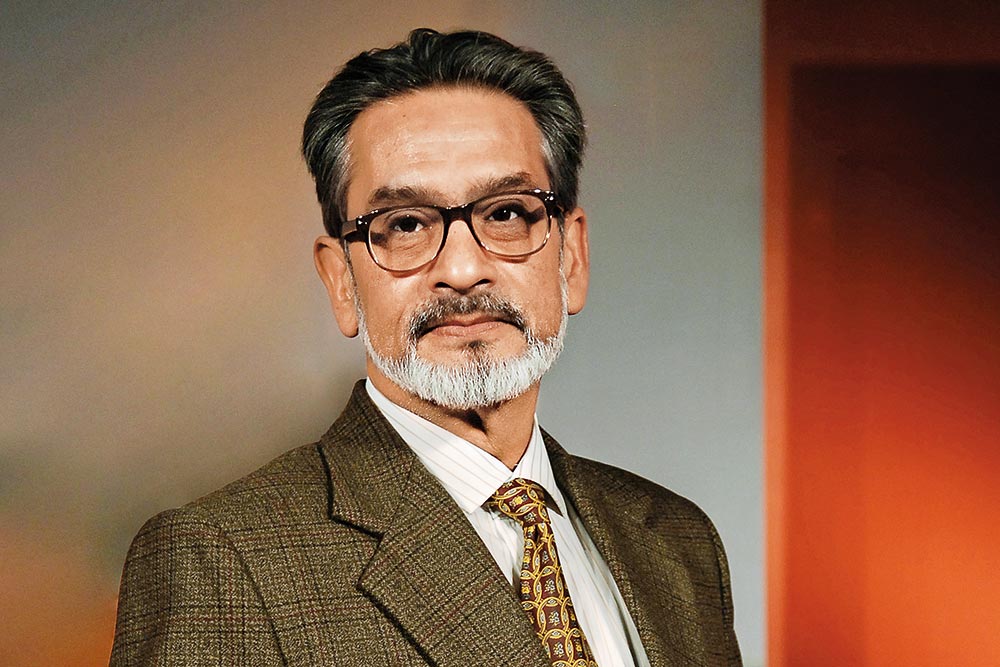What is the difference between the Socio Economic and Caste Census (SECC) and the Consumption Expenditure Survey?
The SECC was conducted for the first time in 2011. The way it was done was to construct a multidimensional index, but there was no cut-off that was specified, which means that the line which is called the poverty line was not there. The SECC is a census, which means that it is done at the individual level. However, all sample surveys are conducted at the household level. The consumption survey measures only expenditure poverty. It is used as a proxy for the income. It does not measure multidimensional poverty; it is not designed to do so. The SECC was designed to identify individuals. You cannot use the National Family Healthy Survey to identify particular households. According to me, poverty is an income concept, not a deprivation concept.
How do you see the impact of the delay in conducting census in India?
Census is very important, as it forms the basis for all household surveys. It is the frame for all surveys. The sample surveys are drawn from the census. Sample surveys are detailed questions; you get a sample size that is large enough to give you state-level estimations. But now, the problem is that the 2021 census is delayed. Samples have become old and they are becoming less representative. We are assuming that it has not changed. So, it is not only about a particular scheme; census is most important for the Indian statistical system.
There have been concerns aired by the EACPM about the faulty samples which need overhaul. What is your view on this issue?
There is nothing wrong with the sample. Those who are saying this do not understand that it is not the problem of sample, it is the problem of frame. I think there is a serious lack of understanding. When the surveys are done, they are not done at the level of individuals; they are done at the level of households. So, the thing to understand here is that samples are representative at the household level. If you are getting a difference between census population results and sample survey population results, this is because of the difference in the average household size. They would have been right if the sampling had been done at the level of individuals, but it is not.
The recent debate on data quality has divided experts into two blocks. How do you see India’s data quality?
There is no doubt that India’s data quality is better than that of many other countries. As far as the debate is concerned, we need to understand that there are two different things: one is the frame and the other is the sample. The frame is the census or the economic census, both of which are outdated. So, whatever sample we draw will not represent the change. The further you go away from the census, the worse the sample will become. There is no sample procedure that can correct that. You have to do the census. If you are not going to do the census, then you are going to have to live with this problem. As far as data quality is concerned, I must tell you that there are two kinds of errors—sampling and non-sampling errors. There is a sampling error because you are drawing a sample from an old census, and we cannot do much about it till the Census 2021 is conducted. As far as non-sampling errors are concerned, they depend on the data given by respondents. In surveys, the cooperation from rural areas is more prominent than from urban areas, as people in urban areas are less likely to tell you the truth. In my opinion, the urban estimates are more questionable than the rural data, as, at the end of the day, you have to take whatever your respondents have given. There is no substitute for the census.
You have been appointed as the member of a committee to review the data quality in India. What is the progress on that and what is your vision on that?
The work has not started yet, since it is an internal committee of the ministry. I have not decided. We will see what comes forward.
What is your thought on doing SECC and census together?
I think it is impossible, and doing this will make census data compromised. The SECC used 2.5 lakh enumerators, while the census used 25 lakh enumerators. Accuracy of the census will be compromised if the SECC is conducted with the census. It is next to impossible.
Which is the reference point of determining the poverty line in India?
Recommendations of the Rangarajan Committee were not accepted by the government. The Tendulkar Committee recommendations are, by and large, still being used to identify the line below which people are eligible under many government schemes.











